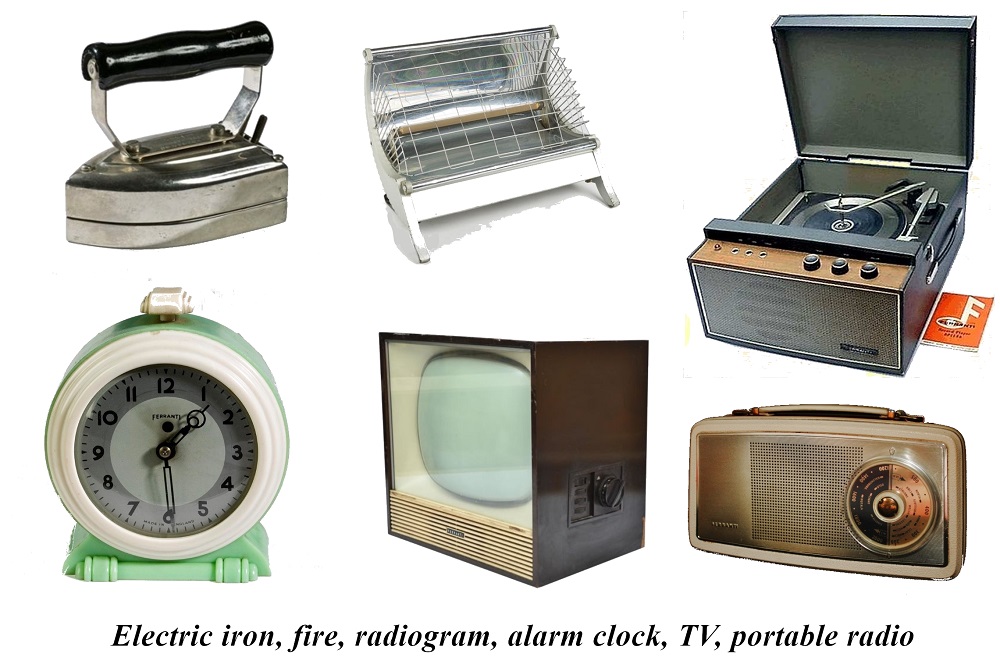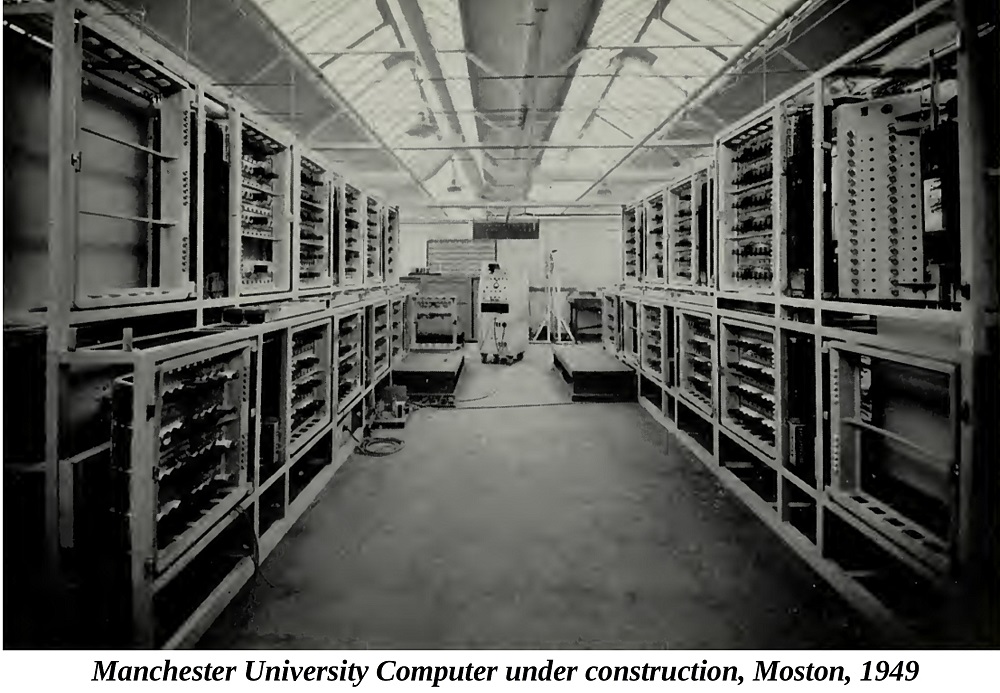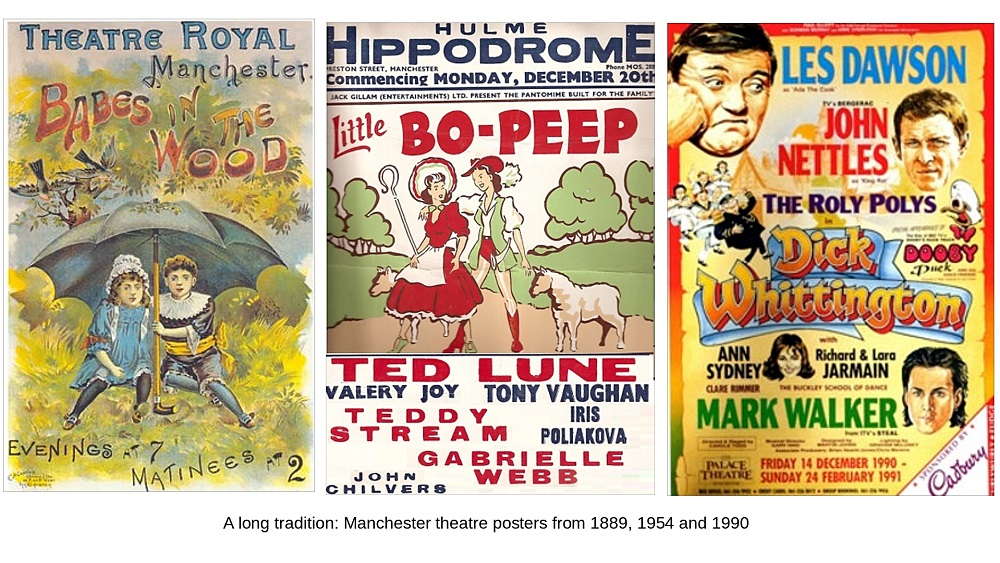One dinner time in 1952, I was going home from school down Bordale Avenue when I noticed all the houses had their curtains shut. Nana explained that it was because the king had died, and we had a new queen.

By the time Coronation fever really hit, I had moved up from reception to the middle infant class.
From that Easter, we spent many hours learning the significance of the arms on the royal standard, and exactly how the flags of the Saints George, Andrew and Patrick had been combined to make up the Union Jack flag. The rest of each afternoon was spent colouring in flags on pre-printed sheets of paper that were destined to decorate the school. Woe betide the child whose crayon strayed over any of the lines.
Each year on Empire Day (24th May) we paraded around the school yard singing ‘What is the meaning of Empire Day? Why do the cannons roar?’ – the answer still eludes me 70 years later.
For Coronation year, this Empire Day was decreed to be special, and we were instructed to wear fancy dress, or at least something red, white and blue. Sometime between Empire Day and 2nd June must have been when our school’s Coronation party took place.
Sugar came off ration in February 1953, so at last parties could include the cakes and jellies the nation’s children had been craving since 1939.
Growing up in the post war austerity years, I was unprepared for the lavish spread set out on trestle tables in the Infant’s hall. The most amazing thing of all was that every place had a bottle of what we called mineral, with a straw bobbing about in it. Fizzy drinks were so rare a treat in those days that I didn’t even realise they came in individual bottles.
Within two minutes of sitting down, there were a hundred or so kids, red in the face from sucking on the totally collapsed and useless paper straws. The daily school milk routine included straws, so could a teacher really have been ignorant of the fact that, if immersed in liquid for more than a couple of minutes, the paper turned into a flaccid soggy strip, unfit for purpose? I can think of one teacher who would have been highly amused that so many kids could be disappointed in one fell swoop.
As the Coronation drew nearer, every street vied to be the cleanest and best decorated. There was a street in Moston that had a mural depicting a large crown painted on the gable end of the terrace, I wish I could recall where it was located.

Flags, that hadn’t seen the light since VJ day, were dusted off and hung out along with miles of bunting. After a couple of fruitless searches, grandad located our large union jack, and set it up poking out of the transom in the box-room where I slept.
Judging by the amounts produced, the whole country must have been whipped up to fever pitch over Coronation memorabilia. 200 products out of the 750 submitted were chosen as official souvenirs. That didn’t deter manufacturers from turning out unofficial souvenirs by the million.
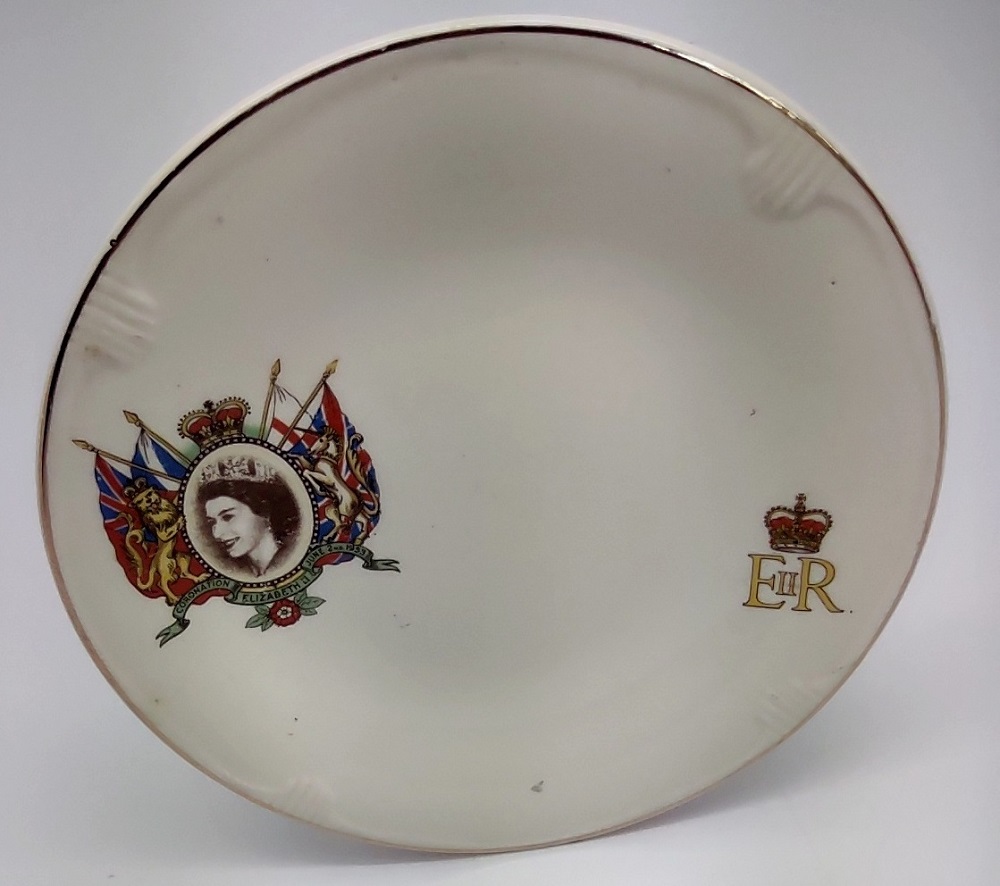
Some products were more tasteful than others, but only one merited a mention in the House of Commons. An MP asked why the nation’s sensibilities were being offended by red, white and blue pencils stamped ‘Made in Germany’.
My Coronation mug from the school party disappeared long since, but I still have a couple of commemorative crown (5 shilling) pieces. I have also kept a Sharp’s (the word for toffee) tin. Printed on the lid is a picture of the queen on horseback dressed in military uniform.
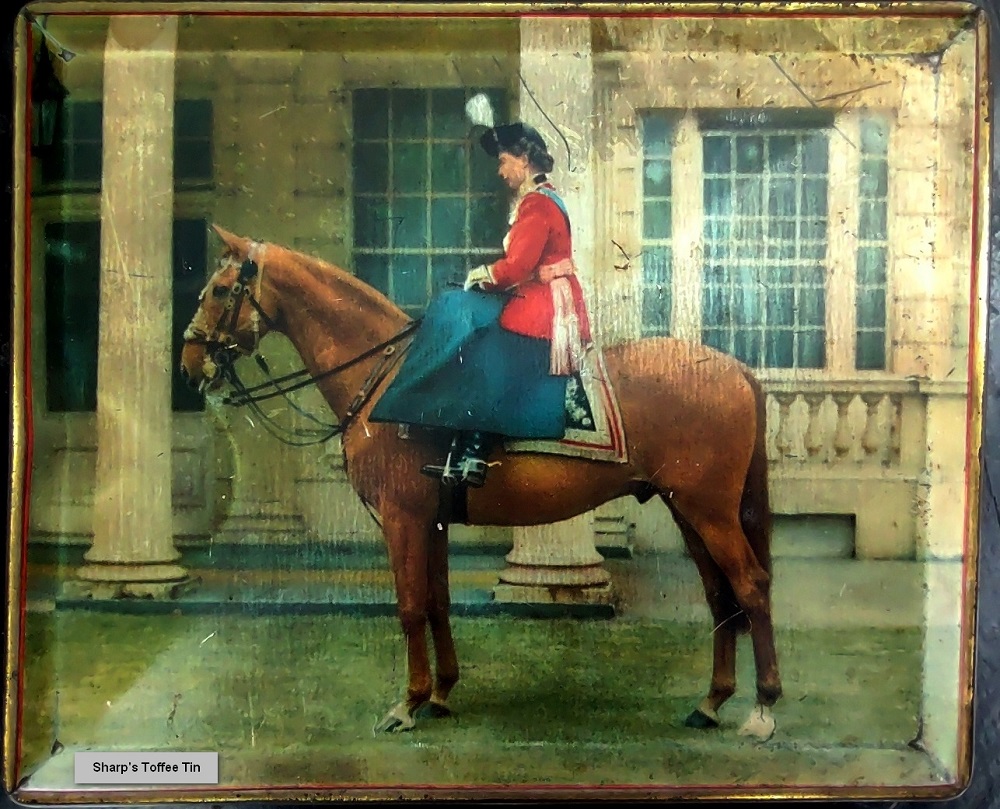
George VI’s untimely death meant his Silver Jubilee never took place. Amongst a host of souvenirs already created were toy replicas of a coach with figures of the king and queen. Undaunted by the setback, the manufacturers sold the coaches (minus the male figure) for £1 as a souvenir of the Coronation. The few that escaped the hacksaw now command a king’s ransom. Toy makers such as Dinky, Corgi and Britain’s also made models of the famous Windsor greys with the Coronation coach in tow.
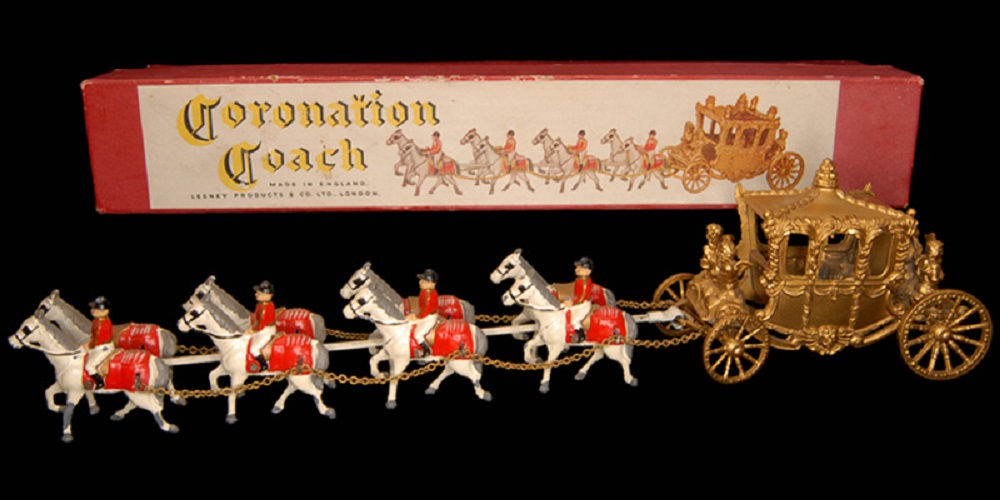
It was inevitable the Platinum Jubilee would generate a rash of souvenirs. But never in my wildest dreams could I have imagined that a Queen Elizabeth Barbie doll would be amongst them.

